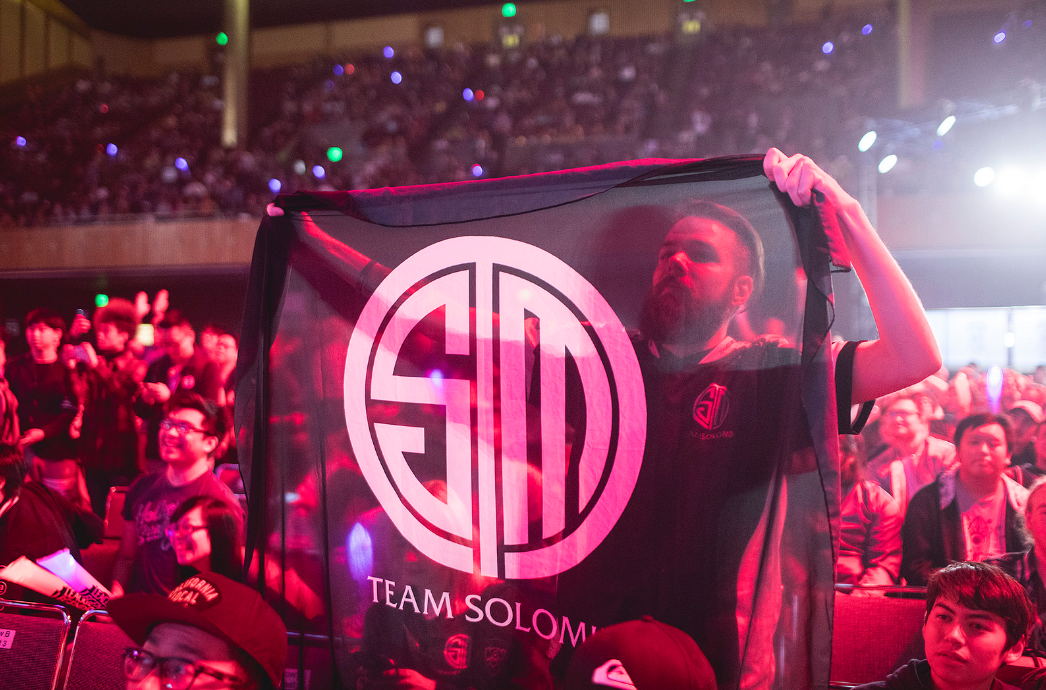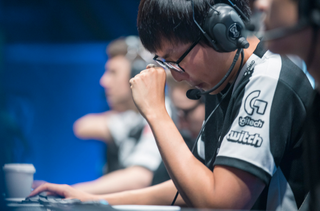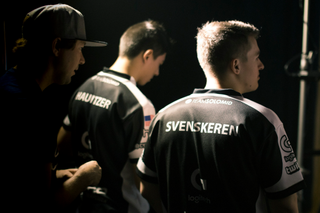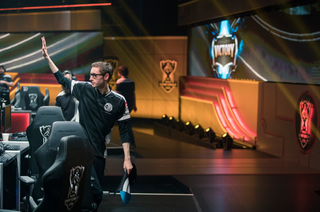TSM's defeat raises questions about committing to League of Legends
When Worlds is all that matters, should teams be breaking their backs for the rest of the year?

For Team SoloMid, 2016 has been a rollercoaster. The team slumped down to sixth place during the regular spring split, at a time when the roster was stacked with veteran talent. They entered the playoffs in the lowest bracket, wounded but not yet defeated. They ended up fighting to the end, taking out spring favourites Immortals in a decisive 3-0 series and only falling to Counter Logic Gaming in the final best of five. Their failure only seemed to fuel Team SoloMid, and they were the dominant North American powerhouse of summer. They dropped only one game during the entire split, and easily took the first seed. Team SoloMid have been talking about their ambitions at Worlds for years; this was the first time that they actually looked in shape to make those dreams a reality.
They failed. TSM fell one game short of making it out of their group. On one hand, this year is still a success—they showed dramatic improvements over their week two collapse in 2015. Baby steps are bittersweet when you consider the amount of work and time that TSM invested. They even held off on streaming, a lucrative deal for them, to focus on Worlds. Now that TSM have reached the end of their 2016 journey, it’s time to examine the questions they leave in their wake. After a year of work, and with another year ahead before they get another opportunity to prove themselves at Worlds, it’s time to examine the competitive format.

The burden of fault
It’s important to note that the format of Worlds, the amount of international events, Riot’s prize pool system, or anything does not remove the burden of fault from Team SoloMid. Ultimately, it was up to them to win enough games to qualify for the quarterfinals; they were unable to do this. Any member of team would admit that they are at fault, and they alone.
With that out of the way, it’s easy to see how TSM could get discouraged. They leave Worlds with signs of improvement but no tangible rewards. They gave up streaming revenue, and sunk a large amount of sheer time and effort into the endeavor. It’s one thing to get back up and prime yourself for the next tournament, but it could be months before TSM gets the chance to compete on another international stage. There are only a few events: Worlds, the Intel Extreme Masters series, and the Mid Season Invitational. Other than that, it’s back to the NA LCS.

International opportunities
There’s certainly an argument to be made that the number of international tournaments should be increased. There are a few issues that come from having clashes between regions be so rare: there’s always an awkward first week as each region adapts to each other's metas, the narrative of how they performed at Worlds defines them for weeks or months, and it creates fewer opportunities to watch teams outside a fan’s home region.
It’s also important to note how much time has to go into the regional circuits. A split is nine straight weeks of competition, and then there’s the playoffs. Even more exhausting is the fact that early play doesn’t necessarily mean extra practice; the changing metagame prevents that. Patches and meta changes mean that a team can be playing a very different game at the beginning and end of a season. If a player practices their hardest throughout all of this, they may rapidly find themselves without any gas in the tank.
Choices and consequences
This is a question that may be sacrilege to many fans, but it must be asked: is there any reason for TSM not to coast through spring and maybe summer? If they come home after this defeat and continue to push themselves to the absolute limits, would that be a clever use of resources or just sheer stubbornness? Team SoloMid is one of the biggest brands in esports: they don’t have to worry about continuing to accumulate or maintain a fanbase. Streaming and merchandise and sponsorships could continue to fill their coffers while they do just enough to avoid the danger zone for a team come spring. After the sorrow of a loss, and the knowledge that it could take months to get back on the stage, it could be a tempting option.
The biggest gaming news, reviews and hardware deals
Keep up to date with the most important stories and the best deals, as picked by the PC Gamer team.

Work smarter, not harder
Team SoloMid is such a fascinating case for these questions because despite all of their hard work, all of their time, and even the wall they hit at Worlds, it still doesn’t seem like they’re interested in taking up the above hypothetical. Mid laner Bjergsen has been vocal about the fact that he wants to keep getting better and competing at the highest level, and the rest of the team seems to be ready to follow in his footsteps.
It sounds corny to say that the competitive spirit is the reason that teams continue to drive themselves, that there may not be tangible reasons but just sheer force of will. At the same time, it seems to be the main reason why TSM are pushing themselves.
Now, the question becomes how they can achieve greater results without just pouring in more effort. TSM has worked hard and sacrificed much, the answer isn’t ‘do that more’—that’s a good way to burnout and cause greater problems. This is a puzzle that many League teams are going to have to face in the future. How can you improve within your region without spending every waking hour playing?
TSM has often been on the vanguard of new developments in esports. While 2016 has ended on a sour note, I suspect that it’s the beginning of some changes to the way the western scene handles coaching and internal infrastructure. It’s hard to tell what, exactly, TSM plans to do next, but one thing is clear: they won’t give up.
Most Popular


